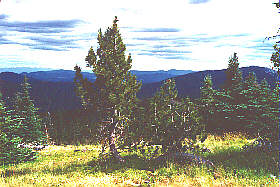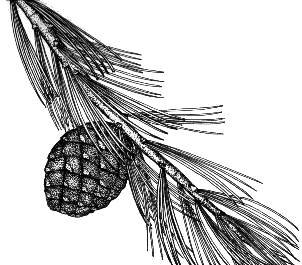|
|
|
Alpine Fir Alpine Larch Amabilis Fir Balsam Poplar/Black Cottonwood Big Leaf Maple Black Spruce Choke Cherry Pacific Dogwood Douglas Fir Douglas Maple Engelmann Spruce Garry Oak Grand Fir Black Hawthorn Lodgepole Pine Mountain Alder Mountain Hemlock Pacific Willow Paper Birch Ponderosa Pine Red Alder Rocky Mountain Juniper Sitka Spruce Tamarack Larch Trembling Aspen Vine Maple Western Hemlock Western Larch Western Red Cedar Western White Pine Western Yew Whitebark Pine White Spruce Yellow Cedar Animals Birds Fish Wildflowers Trees Survival Parks Trails |
British Columbia Outdoor Wilderness Guide
|
 Follow Us On Facebook List of BC Adventure Advertisers Site Info
Advertise With UsAwards About Us Contact Us Free Vacation Guides
BC Vacation GuidesCoastal Vacations Thompson Okanagan EcoTourism Fishing Vacations Guest Ranch Guide Romantic Getaways Wilderness Vacations Winter Vacations The Rockies Guide Login |
|||||
|
|||||||

